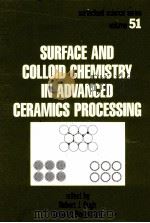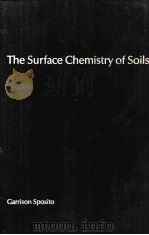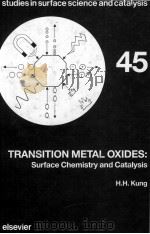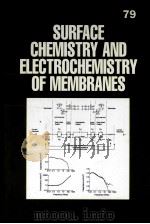《SURFACE CHEMISTRY》
| 作者 | J.J.BIKERMAN 编者 |
|---|---|
| 出版 | ACADEMIC PRESS INC |
| 参考页数 | 501 |
| 出版时间 | 1958(求助前请核对) 目录预览 |
| ISBN号 | 无 — 求助条款 |
| PDF编号 | 88892258(仅供预览,未存储实际文件) |
| 求助格式 | 扫描PDF(若分多册发行,每次仅能受理1册) |
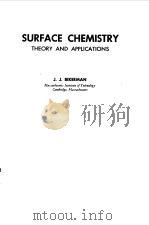
Ⅰ.Liquid-Gas1
Surface Tension1
Measurement of Surface Tension4
A.The Radii of Curvature4
B.Sessile Drops and Bubbles7
C.Capillary Pull8
D.Hanging Drops and Fibers10
E.Capillary Rise11
F.Liquid Jets14
G.Floating Sheet15
H.Drop Weight16
I.Oscillating Drops18
JRipples19
K.Rupture of the Surface.“Tensiometer”20
L.Maximum Bubble Pressure21
Rate of Capillary Rise23
Cap?llary Attraction34
Drop Size.Spraying39
Bubble Size44
Bubbling Pressure and Pore Size47
Surface Tension Values48
Surface Tension and Temperature.Surface Tension and Other Properties52
Surface Tension and Chemical Composition57
Thermodynamics of Surface Tens?on.Surface Tension and Vapor Pressure60
Electric,Magnetic,and Light Effects on Surface Tension63
Surface Tension of Solutions64
Surface Tension of Ternary Mixtures76
Unimolecular F?lms or Monolayers78
Retardation of Evaporation by Unimolecular Films83
Surface Viscosity84
Drops Floating Above a Surface86
Movements in a Liquid Surface89
Gibbs Adsorption Equat?on,Chemical Equ?l?br?um at Interfaces90
The Structure of Surfaces94
Foam Films and Foam Bubbles98
Foam,Froth,Lather100
Utilization of Foam107
Foam Prevention113
Liquid Aerosols,M?st,Fog116
Utilization of Mists123
Dissipation of Fogs124
References128
Ⅱ.Liquid-Liquid136
Interfacial Tension136
Values of Interfacial Tension136
Interracial Tension in Multicomponent Systems141
Liquid Lenses and Spreading of Liquids over Liquids146
Films at Interfaces153
Emulsions155
Preparation of Emulsions158
Stability of Emulsions163
Inversion of Emulsions166
Utilization of Emulsions168
Breaking of Emulsions171
References173
Ⅲ.Solid-Gas177
Surface Energy of Solids177
Surface Cleanness179
Surface Roughness181
Methods for Determining Surface Roughness183
Data on Surface Roughness193
Heterogeneity and Anisotropy of Solid Surfaces195
Adsorption of Gases and Vapors197
The Adsorption Isotherm200
The Adsorption Isobar207
The Adsorption Isostere209
Adsorption Hysteresis209
The Heat of Adsorption212
The Nature of the Adsorbent215
The Surface Area of the Adsorbent220
A.Geometrical Determination220
B.Permeability Method220
C.Heat Conductance Method221
D.Gas Adsorption Method221
E.Heat of Wetting Method224
Adsorption of Gas Mixtures225
The Rate of Adsorption228
Migration in the Adsorption Layer235
A.Rate of Crystal Growth235
B.Diffusion Through a Porous Adsorbent236
C.Radioactive Tracers236
D.Electron Emission237
Utilization of the Adsorption of Gases and Vapors238
Corrosion by Gases240
Dust and Smoke245
Determination of Particle Size249
A.Sieving249
B.Air Permeability250
C.Separation and Measurement of Single Particles250
DElectrostatic Determination250
Utilization and Precipitation of Dust and Smoke251
References257
Ⅳ.Solid-Liquid263
Interracial Energy263
Stagnant Layers at Sohd-Liquid Interfaces265
Heat Transfer269
Heterogeneity and Anisotropy of Sohd Surfaces271
Surface Roughness of Electrodes279
Th?n Metal Films Condensed from Vapor281
Adsorption of Liquids Heat of Wetting284
Adsorption from Solutions287
The Isotherm of Apparent Adsorption289
The Temperature Coefficient of Adsorption294
The Nature of the Adsorbent295
The Rate of Adsorption299
Adsorption on Crystal Faces305
The Absolute Magnitude of Adsorption.The Surface Area of Adsorbent309
A.Adsorption Method311
B.Rad?oactive Exchange Method313
C.Other Methods315
The Importance of Adsorption317
Utilization of Adsorption for Removing Unwanted Constituents320
Utilization of Adsorption for Recovering Valuable Constituents322
Corrosion by Liquids325
Suspensions328
References335
Ⅴ.Solid-Liquid-Gas.Solid-Liquid-Liquid340
The Contact Angle340
ADirect Measurement343
B.Computation from the Drop Size343
C.Level Surface Method344
Reproducibility of Contact Angle Values345
The Hysteresis of the Contact Angle348
Contact Angles and Surface Roughness352
Numerical Values for Contact Angles354
Contact Anglesin Sohd-Liquid-Liquid Systems357
Imbibition and Wetting359
Importance and Utihzation of Wetting362
Solid Particles in Liquid Surfaces371
Comm?nuti?on and Surface Energy378
Adhesion382
Friction and Lubrication388
References395
Ⅵ.Electric Surface Phenomena399
Static Electricity399
Conductance of Solid-Gas Interfaces400
Prevention of Static Electricity403
Balloelectricity403
Electrokinetic Phenomena405
Electrokinetic Measurements406
The Theory of Electrokinetic Phenomena412
Surface Conductance.Electroviscous Effect418
Effect of the Composition of the Liquid Phase on Electrokinetic Phenomena419
Effect of the Solid on Electrokinetic Phenomena425
The Electric Double Layer428
Mutual Repulsion of Electric Double Layers433
Utilization of Electrokinetic Phenomena433
Electrodialysis437
Electrocapillarity441
The Capacity of the Double Layer450
Secondary Electrocapillary Effects452
References460
Author Index464
Subject Index480
1958《SURFACE CHEMISTRY》由于是年代较久的资料都绝版了,几乎不可能购买到实物。如果大家为了学习确实需要,可向博主求助其电子版PDF文件(由J.J.BIKERMAN 1958 ACADEMIC PRESS INC 出版的版本) 。对合法合规的求助,我会当即受理并将下载地址发送给你。
高度相关资料
-
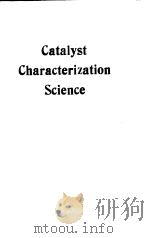
- Catalyst Characterization Science Surface and Solid State Chemistry
- Marvin L.Deviney John L.Gland
-

- PRINCIPLES OF COLLOID AND SURFACE CHEMISTRY
- 1977 MARCEL DEKKER INC
-
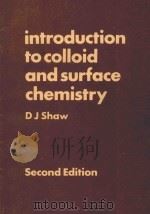
- INTRODUCTION TO COLLOID AND SURFACE CHEMISTRY
- 1970 BUTTERWORTHS
-
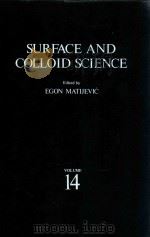
- Surface and colloid science volume 14
- 1987 Plenum Press
-

- Introduction to Surface Chemistry and Catalysis
- 1994 Wiley-Interscience
-
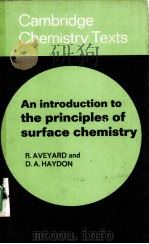
- AN INTRODUCTION TO THE PRINCIPLES OF SURFACE CHEMISTRY
- 1973 THE UNIVERSITY PRESS
-

- SURFACE CHEMISTRY OF BIOLOGICAL SYSTEMS
- 1970 PLENUM PRESS
-
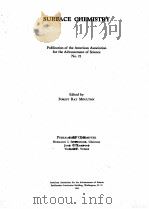
- SURFACE CHEMISTRY
- 1943 PUBLICATION COMMITTEE
-
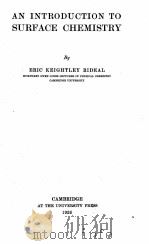
- AN INTRODUCTION TO SURFACE CHEMISTRY
- 1926 AT THE UNIVERSITY PRESS
-

- THE SURFACE SCIENTIST'S GUIDE TO ORGANOMETALLIC CHEMISTRY
- 1987 AMERICAN CHEMICAL SOCEITY
-
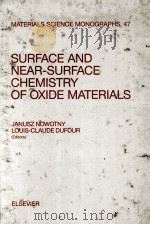
- SUFACE AND NEAR SURFACE CHEMISTRY OF OXIDE MATERIALS
- 1988 ELSEVIER SCIENCE PUBLISHERS B.V.
提示:百度云已更名为百度网盘(百度盘),天翼云盘、微盘下载地址……暂未提供。➥ PDF文字可复制化或转WORD
